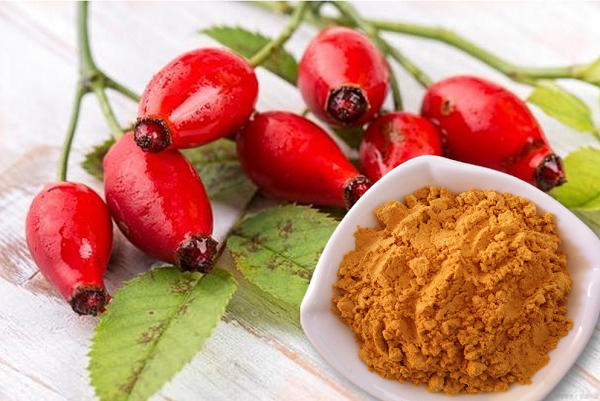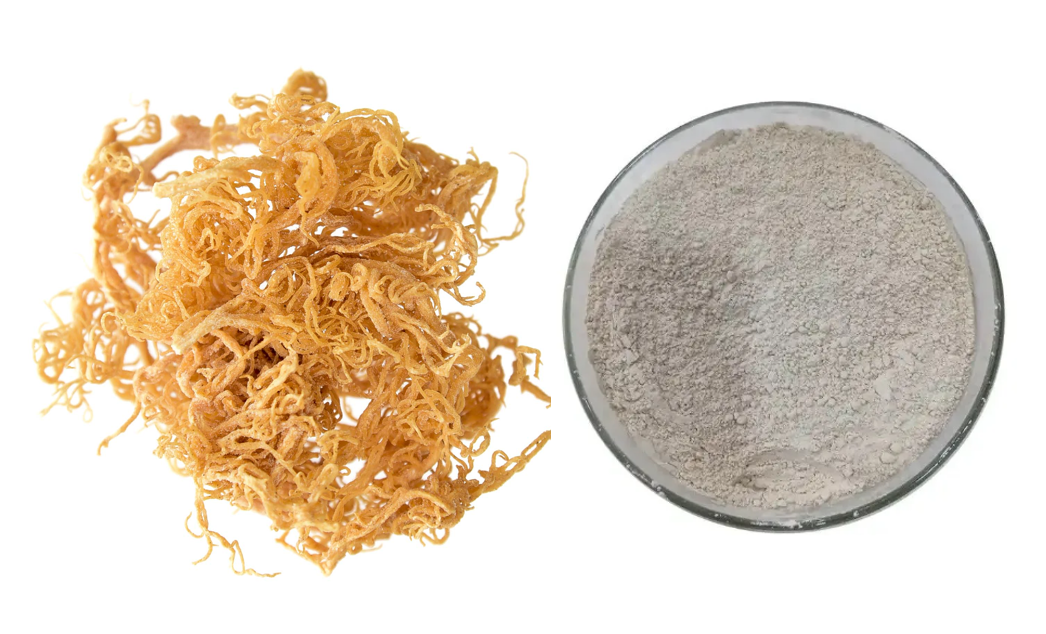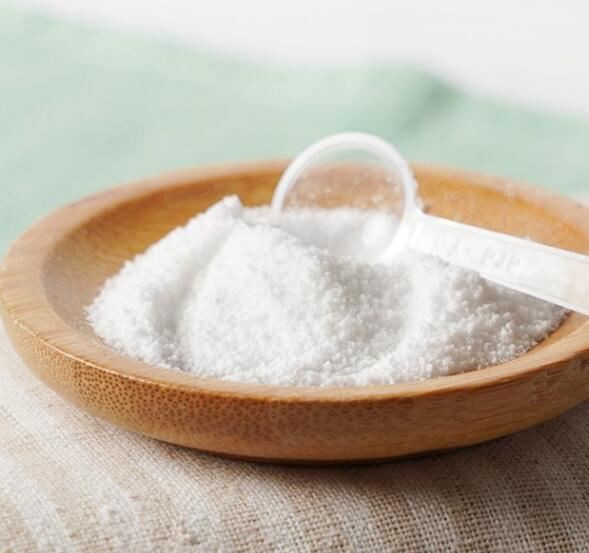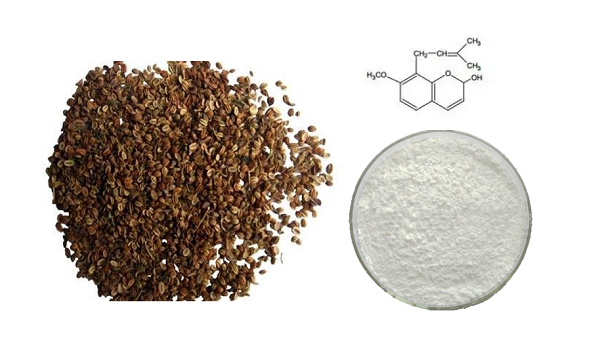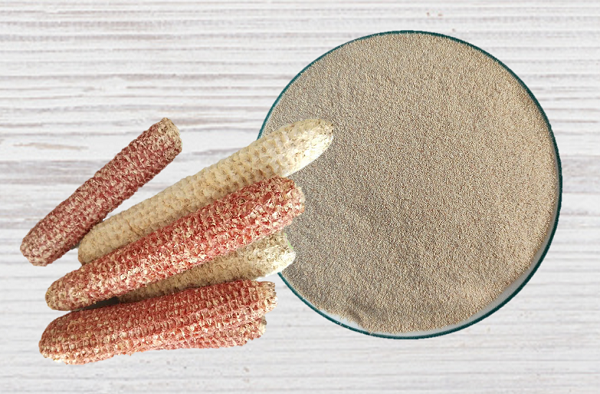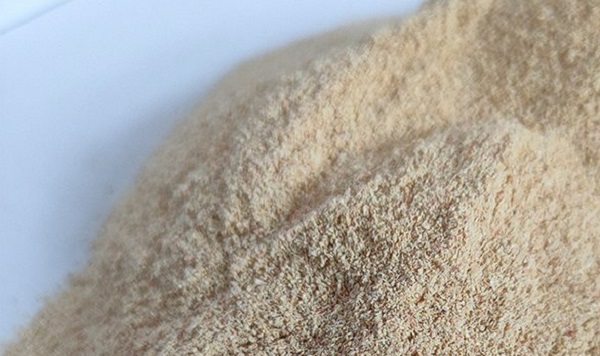Follow Us:
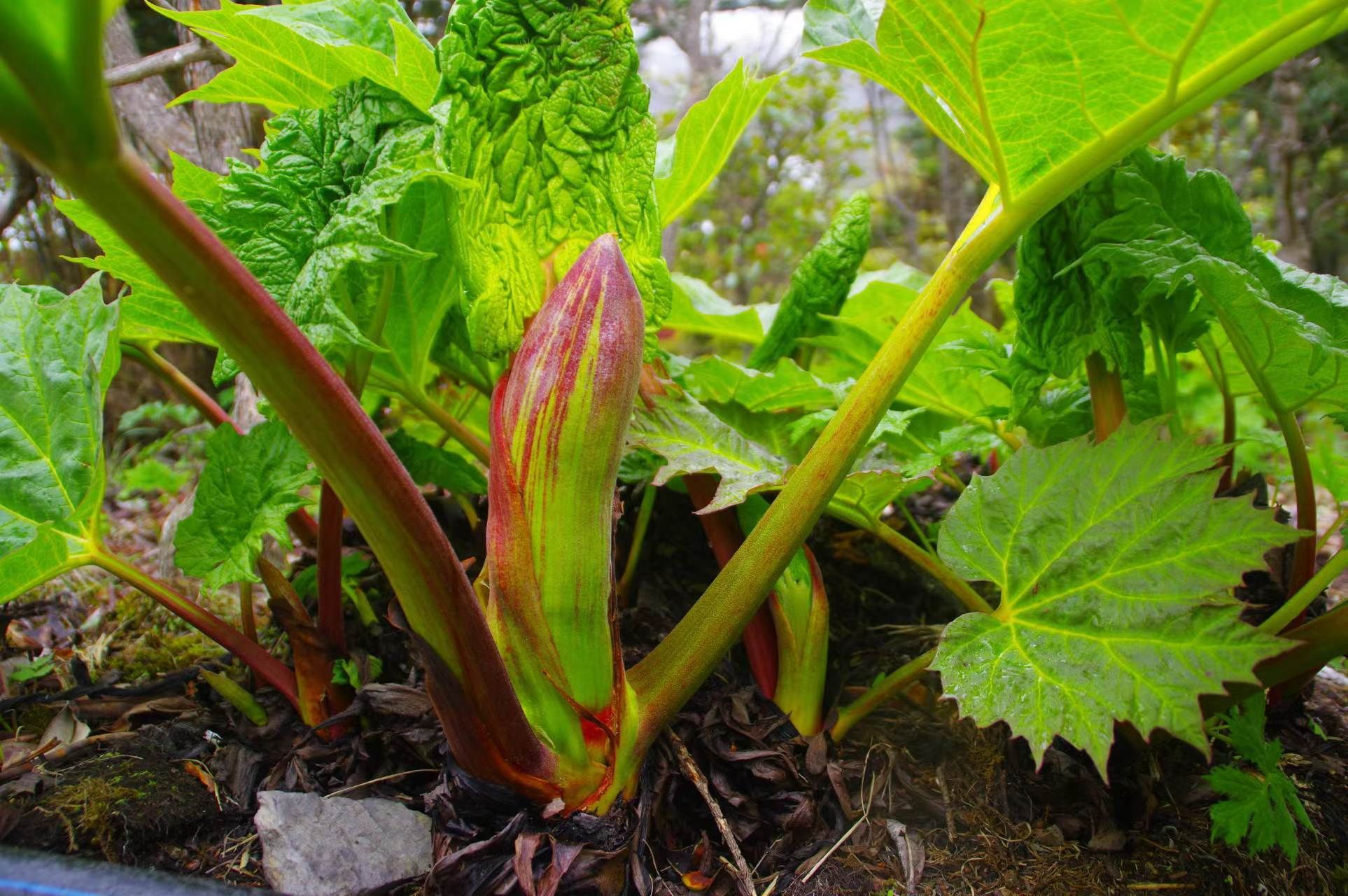
Can Dogs Eat Rhubarb? Understanding the Risks and Uses
We all probably know that this tangy vegetable has a variety of culinary uses, but can dogs eat rhubarb? As a pet food ingredient supplier, in this article, we’ll explore the benefits of rhubarb for humans, why it’s bad for dogs, what to do if your dog eats it, and a lesser-known application of rhubarb root powder in veterinary medicine.
What is Rhubarb?
Rhubarb (Rheum rhabarbarum) is a perennial plant famous for its tart, celery-like stalks that are commonly used in pies, jams, and other baked goods. It is native to Asia but is now widely cultivated in cooler climates, including North America and Europe. The ruibarbo plant consists of large green leaves and thick, reddish-pink stalks. While the stalks are edible when cooked, the leaves are toxic to humans and animals.
Rhubarb’s health benefits for humans are well-known, especially in the form of rhubarb root powder, which is sometimes used in traditional medicine for its digestive properties. However, when it comes to dogs, this vegetable poses significant risks.

Active Ingredients in Rhubarb
Rhabarber stalks contain several bioactive compounds, including:
- Anthraquinone glycosides – These compounds have mild laxative effects.
- Oxalic acid – A compound found in many plants that can cause kidney problems in large quantities.
- Vitamin K – Beneficial for blood clotting and bone health.
- Fiber – Important for digestive health.
Can Dogs Eat Rhubarb?
The short answer is: No, dogs should not eat rhubarb—especially the leaves.
Rhubarb contains oxalates (including oxalic acid), which can be toxic to dogs. The leaves of the rhubarb plant are particularly dangerous as they contain high levels of oxalates and anthraquinone glycosides. These substances can cause serious health problems if ingested by dogs.
Why Is Rhubarb Toxic to Dogs?
When a dog eats rhubarb, oxalates can bind with calcium in their body, leading to calcium oxalate crystals forming in the kidneys. This can cause kidney failure, which is life-threatening if not treated promptly. Additionally, the anthraquinone glycosides in rhubarb can cause gastrointestinal distress, including diarrhea, vomiting, and stomach pain.
Oxalic Acid: This compound can bind with calcium in a dog’s body, forming calcium oxalate crystals. These crystals can accumulate in the kidneys, leading to kidney failure or other severe renal problems. This is especially dangerous for dogs with pre-existing kidney conditions.
Anthraquinone Glycosides: These compounds can cause gastrointestinal issues in dogs, such as vomiting, diarrhea, and abdominal discomfort. In larger amounts, they can even lead to dehydration and electrolyte imbalances, which are potentially life-threatening.
What to Do If Your Dog Eats Rhubarb?
If you suspect that your dog has eaten rhubarbe—whether it’s the stalk or, more dangerously, the leaves—here’s what you should do:
- Monitor for Symptoms: If your dog eats a small amount, they may show no symptoms, but it’s important to keep an eye out for the following signs of rhubarb poisoning:
- Vomiting
- Diarrhea
- Lethargy or weakness
- Excessive drooling
- Loss of appetite
- Tremors or seizures (in severe cases)
- Contact Your Veterinarian: If your dog has eaten a significant amount of rheum, especially the leaves, or if they show any of the symptoms listed above, you should immediately contact your veterinarian. In some cases, your vet may need to induce vomiting, administer activated charcoal to absorb toxins, or provide fluids and other treatments to support your dog’s kidneys.
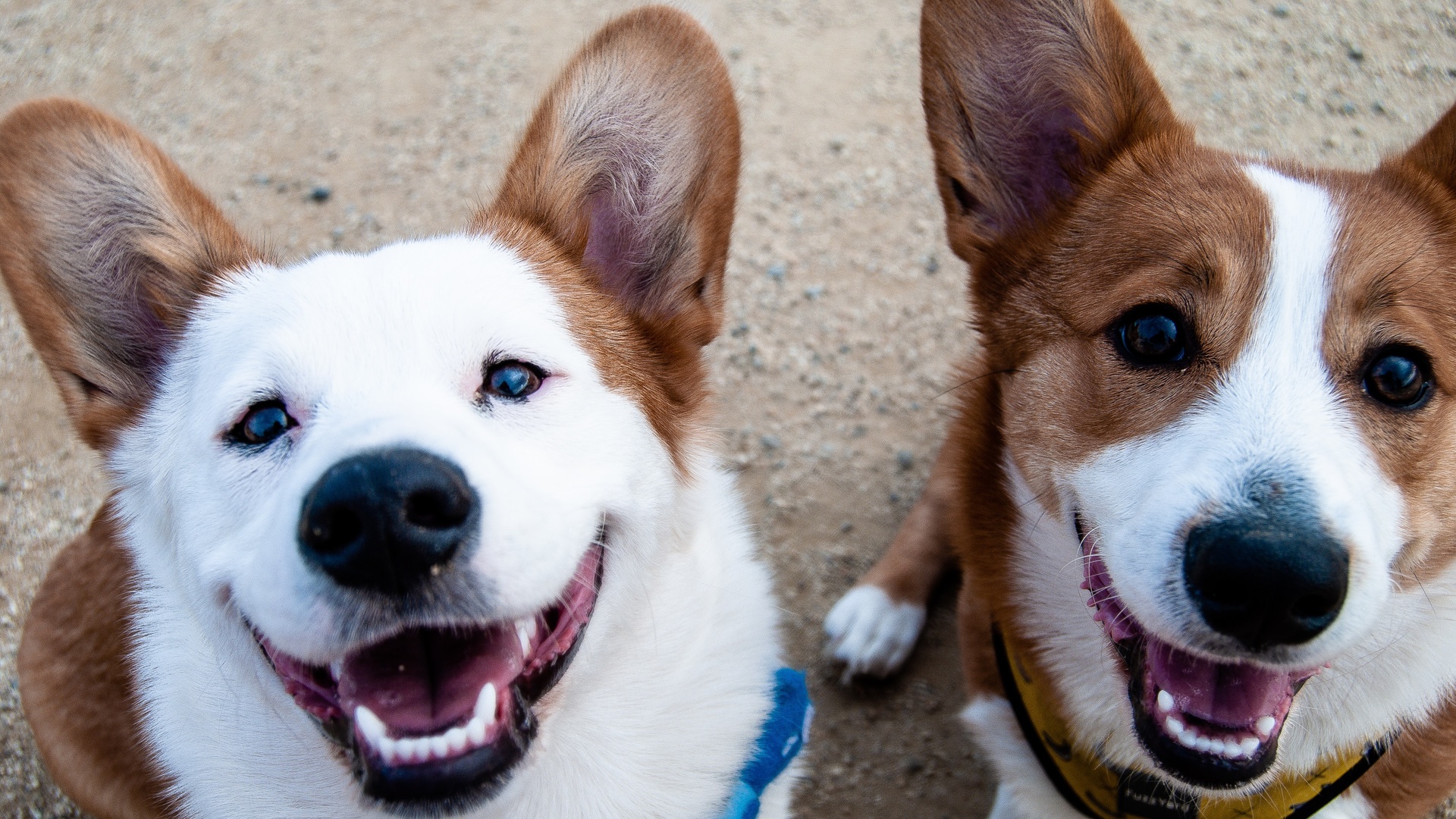
Rhubarb Root Powder in Veterinary Medicine
While the rhubarb plant is toxic to dogs when ingested in large quantities, rhubarb root powder has historically been used in traditional medicine for various health benefits, including for digestive issues in animals. However, its use is quite specific and should only be considered under veterinary guidance.
Digestive Aid: In small amounts, rhubarb root powder has been used in herbal medicine for its mild laxative effects. This can sometimes be used in veterinary medicine to treat constipation in certain animals, but it must be administered under the supervision of a veterinarian to avoid toxicity.
Anti-inflammatory Properties: Rhubarb root powder has also been noted for its anti-inflammatory properties, which could be beneficial in treating some conditions in animals, such as arthritis. However, the dosage must be carefully controlled to avoid negative effects on the kidneys and gastrointestinal system.
Safe Alternatives to Rhubarb for Dogs
While rhubarb isn’t suitable for dogs, there are many safe, healthy fruits and vegetables that can be used as snacks. Some good alternatives include:
Carrots – Low in calories and high in fiber.
Blueberries – Rich in antioxidants.
Apples – High in vitamins A and C (without the seeds, as they contain cyanide).
Pumpkin – Excellent for digestive health.
Conclusion
In summary, dogs should not eat rhubarb. If your dog consumes rhubarb, particularly the leaves, it’s crucial to seek veterinary care immediately to prevent serious health complications. While rhubarb root powder has been used in traditional veterinary medicine for certain conditions, it should never be administered without professional guidance due to the risks involved.
Reference
https://pmc.ncbi.nlm.nih.gov/articles/PMC7151902/
https://en.wikipedia.org/wiki/Rhubarb
https://pmc.ncbi.nlm.nih.gov/articles/PMC7448319/#Sec19
https://pmc.ncbi.nlm.nih.gov/articles/PMC5956764/
https://www.sciencedirect.com/topics/pharmacology-toxicology-and-pharmaceutical-science/rhubarb













